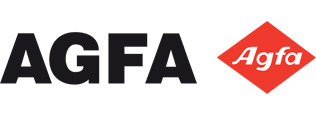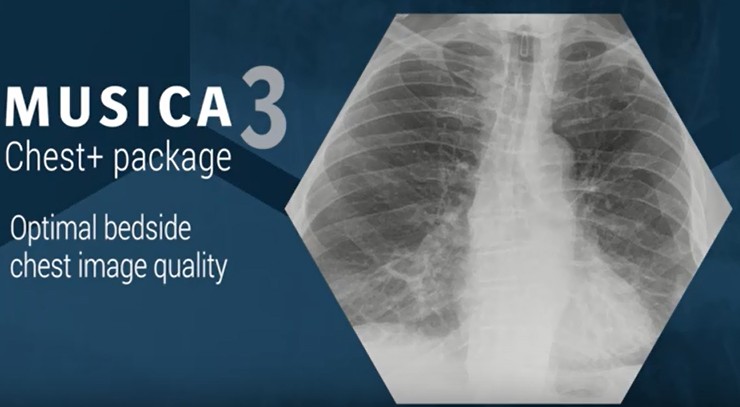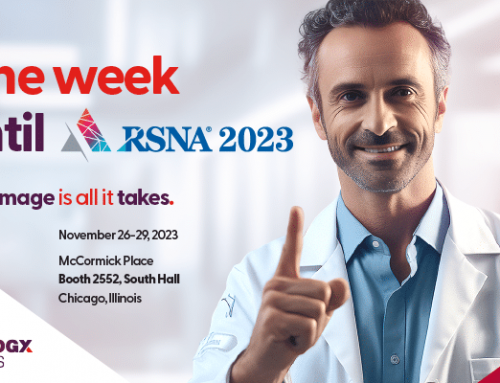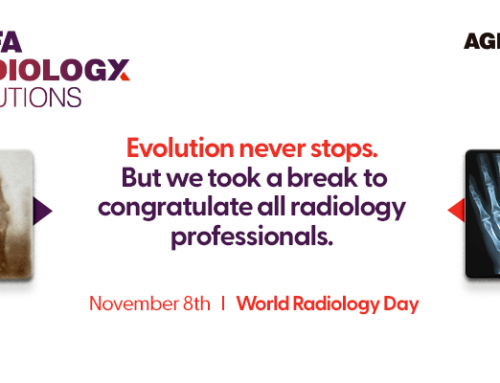Bedside imaging is on the rise: bedside chest imaging can even make up to 50% of a facility’s in-hospital digital radiography procedures! Often, these images are for the most critically ill patients.
But while technological advances in mobile digital imaging have made this possible, we still face some real challenges to ensure the best image quality – including whether to use anti-scatter grids.
In the X-ray room, anti-scatter grids are a key part of chest imaging. But for bedside imaging, they can be very complicated: they need to be properly positioned, they require higher radiation dose, and they wear out over time.
Instead of using an anti-scatter grid, MUSICA3 Chest+ image processing software subtracts the scatter, based on an analysis of the image frequencies. Detail contrast is nearly at the level of a properly exposed grid image.
But how well does it work in real-life situations? Does this solution for chest bedside imaging deliver benefits to critically ill patients?
To test it, a clinical image quality study was carried out using 25 patient cases from five hospitals in the USA, Germany and Belgium. Both clinical and phantom images were compared by radiologists. The images processed with MUSICA3 Chest+ and the scatter suppression were actually preferred to images of the same patients, using a physical anti-scatter grid, increased X-ray dose and MUSICA 2 image processing. Not only that, MUSICA3 Chest+ provided significant improvements in lung field detail.
MUSICA3 Chest+ is another way Agfa enables innovations that meet the real needs of healthcare today. It’s Care You Can See: so see it for yourself! Visit our booth at ECR, and download the free White Paper or check out the movie on “Non-grid bedside chest imaging: Improving image quality and workflow using fractional multiscale image processing” to find out more about the technology, the study and what MUSICA3 Chest+ can do for you.
Also check out Agfa’s submission for the EuroSafe Imaging Poster Exhibition at ECR 2018







